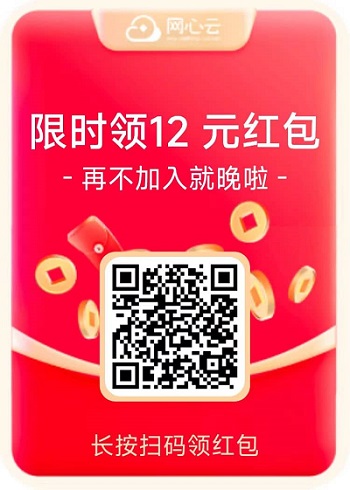标题冠名MVC其实跟MVC没多大关系了。。 目前只是写的前台,请求的都是后台给的Json数据。
逻辑比较复杂的Form绑定起来比较麻烦,这些都是要自己写代码。而简单的我们可以写一个通用的进行处理。不需要反复的 xxx.Text = "xxx" ..
MVC有自己的自动映射功能,我们这里用JQuery来遍历Controls进行绑定。
如果用过asp开发过系统的人都知道以前取表单的值都是request.form("controlName"),用到的是name而不是id。
所以我们的表单在制作的时候元素的Name值不能没有。 为了能够写通用的方法,我们约定所有的元素的name 是 "cName" 格式 ,"c"+"字段名",id自己随便。
由于Js的Dictionary区分大小写,所以我们这些名字也对大小写敏感,包括上一节的列表绑定都是这样。
$.fn.bindForm = function(model) {
if (model == undefined || model == null) {
return;
}
var formId = this.attr("id");
$("input,textarea,select", "#" + formId).each(function() {
var cname = $(this).attr("name");
var cid = $(this).attr("id");
if (cname == "")
return;
if (cid == "") {
cid = $(this)[0].tagName + "[name='" + cname + "']";
$(this).attr("id", cname);
} else
cid = "#" + cid;
$(cid).bindControl(model[cname.replace("c", "")], formId);
});
return this;
$.fn.bindControl = function(value, formId) {
if (value == undefined)
return this;
value = value.toString();
formId = formId || "";
if (formId != "")
formId = "#" + formId + " ";
switch (this.attr("type")) {
case "select-one": //DropDownList
//this[0].selectedIndex = 0;
//$("option[value='" + value + "']", this).attr("selected");
var isSelected = false;
this.children().each(function() {
if (this.value == value) {
this.selected = true;
isSelected = true;
return;
}
});
if (!isSelected)
this[0].selectedIndex = 0;
break;
case "select-multiple": //ListBox
this.children().each(function() {
var arr = value.split(',');
for (var i = 0; i < arr.length; i++) {
if (this.value == arr[i]) {
this.selected = true;
}
}
});
break;
case "checkbox": //CheckboxList
//单选
if (value.indexOf(',') == –1) {
$(formId + "input[name='" + this.attr("name") + "']").each(function() {
if (this.value == value) {
$(this).attr("checked", true);
return;
}
});
}
//多选
else if (this.attr("type") == 'checkbox') {
var arr = value.split(',');
for (var i = 0; i < arr.length; i++) {
$(formId + "input[name='" + this.attr("name") + "']").each(function() {
if (this.value == arr[i]) {
this.checked = true;
}
});
}
}
break;
case "radio": //RadioButtonList
$(formId + " input[name='" + this.attr("name") + "']").each(function() {
if (this.value == value) {
this.checked = true;
return;
}
});
break;
default: //Normal
this.val(value);
break;
}
return this;
}
绑定表单就显得比较容易了。
$("#form1").bindForm(<%=Json(ViewData["model"])%>); 简单的一句话,就自动把值绑定了。
绑定一个控件也很容易 $("#controlId").bindControl(value);
其实在实际开发中,我们会经常碰到 级联的DropDownList , 这样在绑定的时候 我们还要对具体的Control 执行绑定,并且trigger他的event。 这个叫双向绑定,目前还没做成自动化。
 Mikel
Mikel


